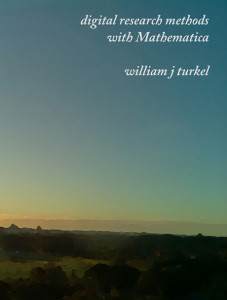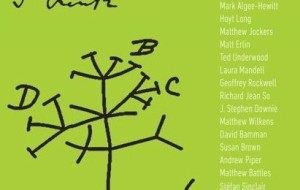What Ever Happened to Project Bamboo? by Quinn Dombrowski is one of the few honest discussions about the end of a project. I’ve been meaning to blog this essay which follows on her important conference paper at DH 2013 in Nebraska (see my conference report here which comments on her paper.) The issue of how projects fail or end rarely gets dealt with and Dombrowski deserves credit for having the courage to document the end of a project that promised so much.
I blog about this now as I just finished a day-long meeting of the Leadership Council for Digital Infrastructure where we discussed a submission to Industry Canada that calls for coordinated digital research infrastructure. While the situation is different, we need to learn from projects like Bamboo when we imagine massive investment in research infrastructure. We all know it is important, but doing it right is not as easy as it sounds.
Which brings me back to failure. There are three types of failure:
- The simple type we are happy to talk about where you ran an experiment based on a hypothesis and didn’t get positive results. This type is based on a simplistic model of the scientific process which pretends to value negative results as much as positive ones. We all know the reality is not that simple and, for that matter, that the science model doesn’t really apply to the humanities.
- The messy type where you don’t know why you failed or what exactly failed. This is the type where you promised something in a research or infrastructure proposal and didn’t deliver. This type is harder to report because it reflects badly on you. It is an admission that you were confused or oversold your project.
- The third and bitter type is the project that succeeds on its own terms, but is surpassed by the disciplines. It is when you find your research isn’t current any longer and no one is interested in your results. It is when you find yourself ideologically stranded doing something that someone important has declared critically flawed. It is a failure of assumptions, or theory, or positioning and no one wants to hear about this failure, they just want to avoid it.
When people like Willard McCarty and John Unsworth call for a discussion of failure in the digital humanities they describe the first type, but often mean the second. The idea is to describe a form of failure reporting similar to negative results – or to encourage people to describe their failure as simply negative results. What we need, however, is honest description of the second and third types of failure, because those are expensive. To pretend some expensive project that slowly disappeared in missunderstanding was simply an experiment is missing what was at stake. This is doubly true of infrastructure because infrastructure is not supposed to be experimental. No one pays for roads and their maintenance as an experiment to see if people will take the road. You should be sure the road is needed before building.
Instead, I think we need to value research into infrastructure as something independent of the project owners. We need to do in Canada what the NSF did – bring together research on the history and theory of infrastructure.


